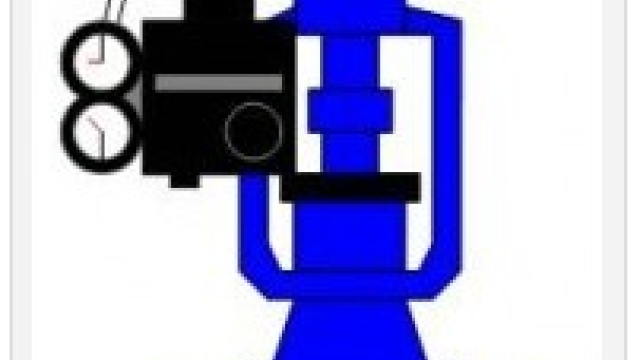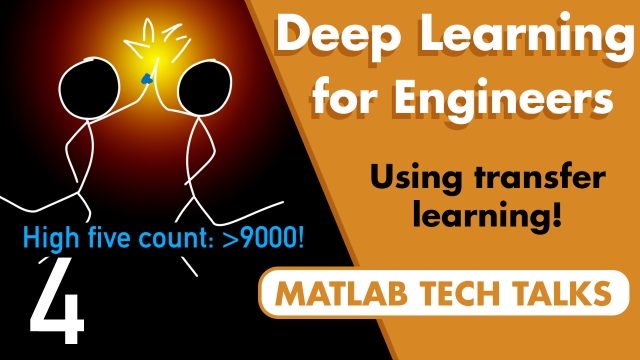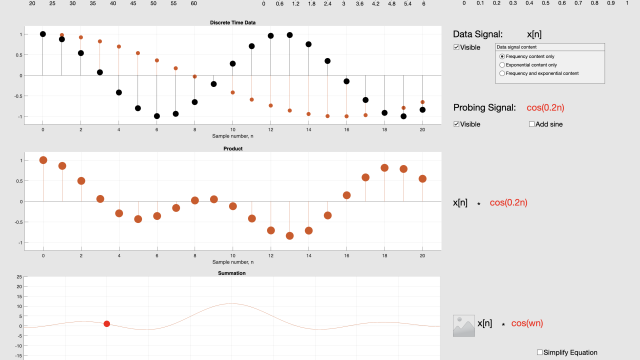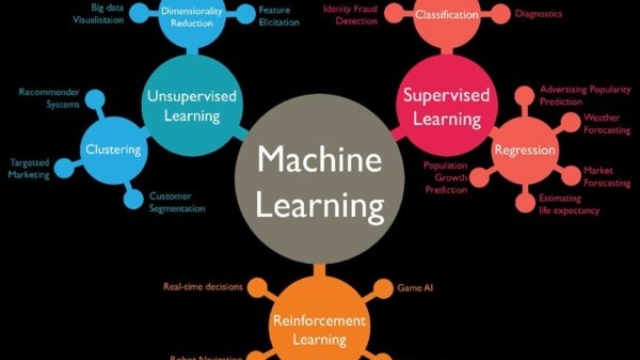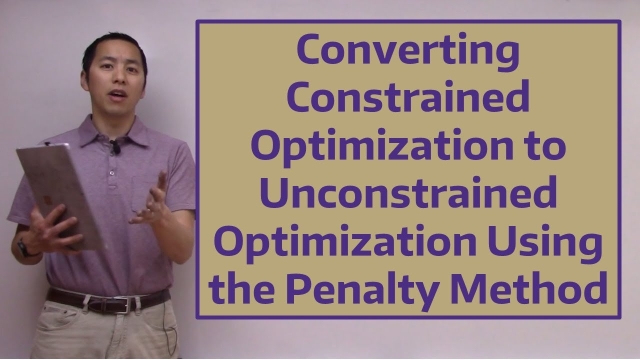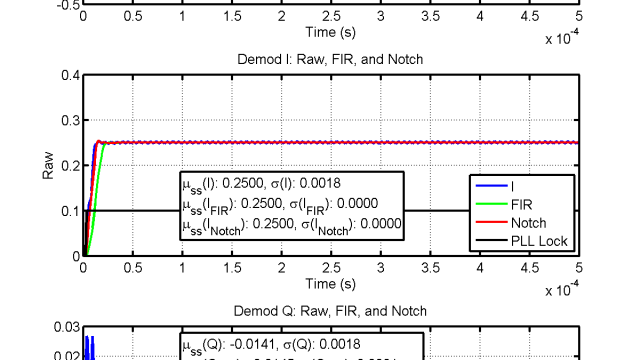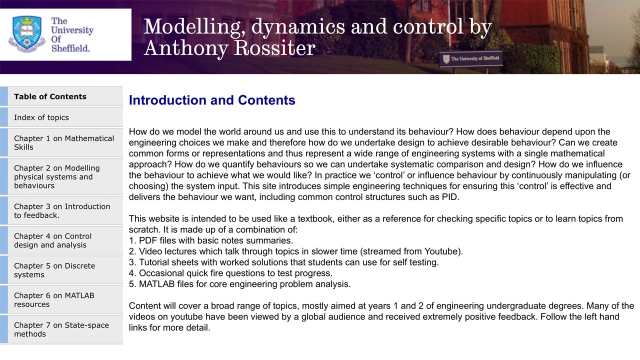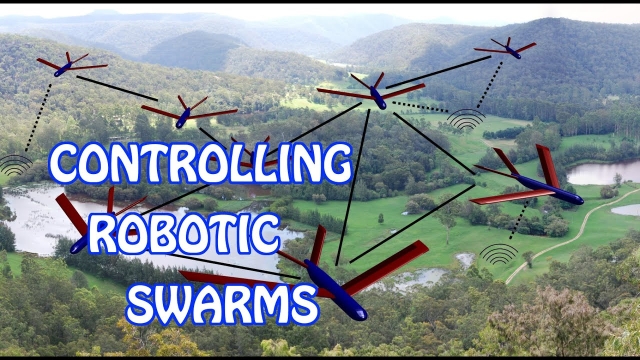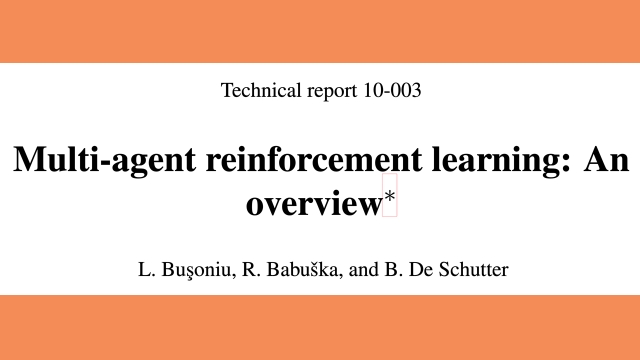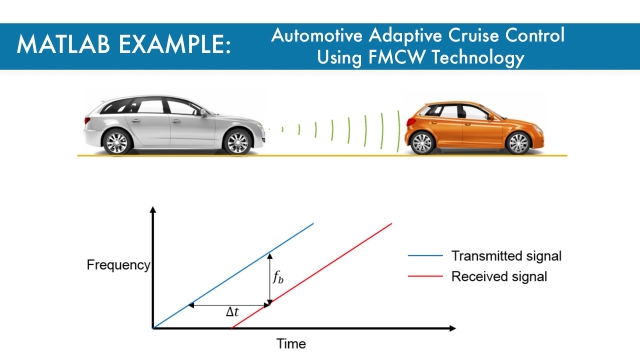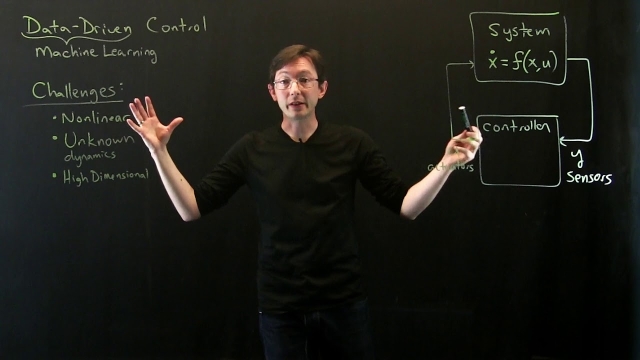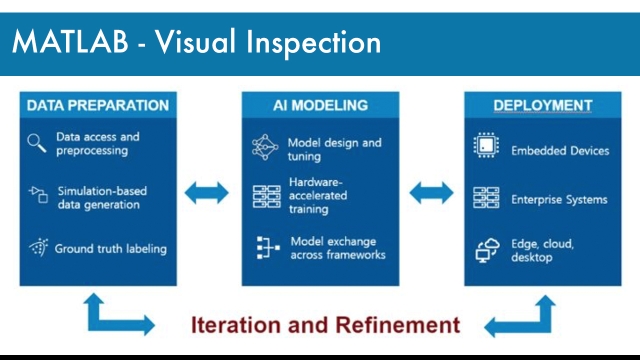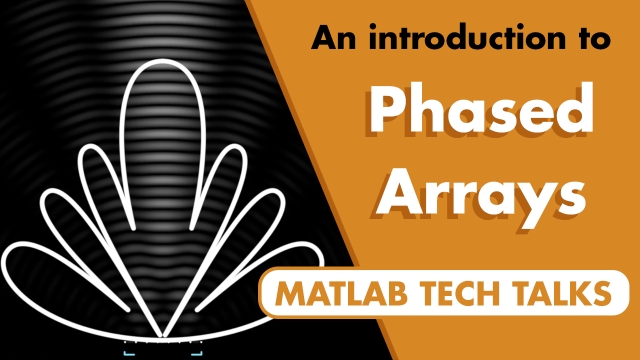
Intro to Data Science: Historical Context
This lecture provides some historical context for data science and data-intensive scientific inquiry.
See MoreWhat Is a Control System and Why Should I Care?
This is a 25 minute abbreviated version of the Part 1 & Part 2 talk. It goes through the basic ideas while skipping some of the details and examples of the longer talks. The talk abstract...
See MoreSingular Value Decomposition (SVD): Overview
This video presents an overview of the singular value decomposition (SVD), which is one of the most widely used algorithms for data processing, reduced-order modeling, and high-dimensional...
See MoreAdvanced process control (APC): Theory & Applications in SAGD
This webinar is presented by Thiago Avila and covers what APC is, why we do it, examples of APC in the SAGD industry, what optimization opportunities are available, and where this technology...
See MoreSystem Identification: Sparse Nonlinear Models with Control
This lecture explores an extension of the sparse identification of nonlinear dynamics (SINDy) algorithm to include inputs and control. The resulting SINDY with control (SINDYc) can be used...
See MoreUnderstanding Sensor Fusion and Tracking, Part 6: What Is Track-Level Fusion...
Gain insights into track-level fusion, the types of tracking situations that require it, and some of the challenges associated with it.
You’ll see two different tracking architectures—track...
See MoreVibrational control of nonlinear systems: Vibrational controllability and tr...
In the first part of this work, the criteria for the existence of stabilizing parametric oscillations have been derived. In the present paper, the problem of choosing the stabilizing...
See MoreA simple MEMS gyro model using MATLAB / Simulink
This video walks through how to model a simple MEMS gyroscope using MATLAB/Simulink. At the end I show you how to linearize this model to use in your linear control loop design and analysis.
See MoreProcess Control is Inventory Control
You change the inventory of heat to change temperature. You change the inventory of material to change level. Understanding how the inventory relates to the controlled variable is...
See MoreControl Systems in Practice, Part 5: A Better Way to Think About a Notch Fil...
This video describes an intuitive way to approach notch filter design by thinking about the problem as an inverted, lightly damped, second-order low-pass filter. Then, two additional poles...
See MoreThe Kalman Filter [Control Bootcamp]
Here, we discuss the Kalman Filter, which is an optimal full-state estimator, given Gaussian white noise disturbances and measurement noise.
See MoreControl Valve Problems
Control valve problems can severely affect control loop performance and, unless eliminated, they can make controller tuning a challenging (sometimes impossible) task. Some problems are quite...
See MoreUsing Transfer Learning | Deep Learning for Engineers, Part 4
This video introduces the idea of transfer learning. Transfer learning is modifying an existing deep network architecture and then retraining it to accomplish your task rather than the task...
See MoreDiscrete-Time Fourier Transform MATLAB App
This is the app that Brian Douglas created for his MATLAB Tech Talk video on the Z-transform.
See MoreAn Artificial Intelligence Primer
This blog post is a great primer providing definitions for basic terms used in AI and machine learning (ML) such as supervised learning, unsupervised learning, and transfer learning...
See MoreConverting Constrained Optimization to Unconstrained Optimization Using the ...
In this video we show how to convert a constrained optimization problem into an approximately equivalent unconstrained optimization problem using the penalty...
See MoreThe Demod Squad: A Tutorial on the Utility and Methodologies for Using Modul...
Video talk of the paper by the same name.
See MoreModelling, dynamics and control
How do we model the world around us and use this to understand its behaviour? How does behaviour depend upon the engineering choices we make and therefore how do we undertake design to...
See MoreControlling Robotic Swarms
Come with me to the Robotics, Aerospace, and Information Networks lab at the University of Washington to learn the basics of swarm robotics. Find out how simple distributed algorithms can...
See MoreMulti-agent reinforcement learning: An overview
From the abstract:
Multi-agent systems can be used to address problems in a variety of do- mains, including robotics, distributed control, telecommunications, and economics. The complexity...
See MoreAutomotive Adaptive Cruise Control Using FMCW Technology
This MATLAB example shows how to model an automotive adaptive cruise control system using the frequency modulated continuous wave (FMCW) technique. This example performs range and Doppler...
See MoreData-Driven Control: Overview
Overview lecture for series on data-driven control. In this lecture, we discuss how machine learning optimization can be used to discover models and effective controllers directly from data...
See MoreMATLAB Discovery Page - Visual Inspection
Visual inspection is the image-based inspection of parts where a camera scans the part under test for both failures and quality defects. Automated inspection and defect detection are...
See MoreWhat are Phased Arrays?
This video introduces the concept of phased arrays. An array refers to multiple sensors, arranged in some configuration, that act together to produce a desired sensor pattern. With a phased...
See MoreHow Antennas Work
Antennas constitute as a major component in various communication systems, signal transmission and many others. It is important to understand how they work and create propagating waves in...
See More
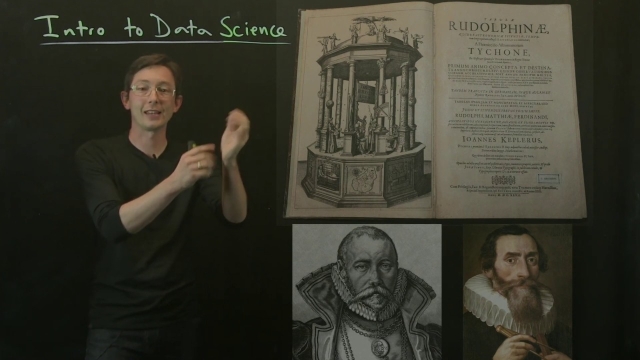

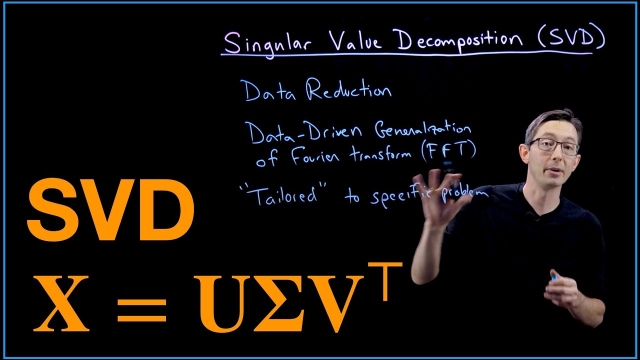
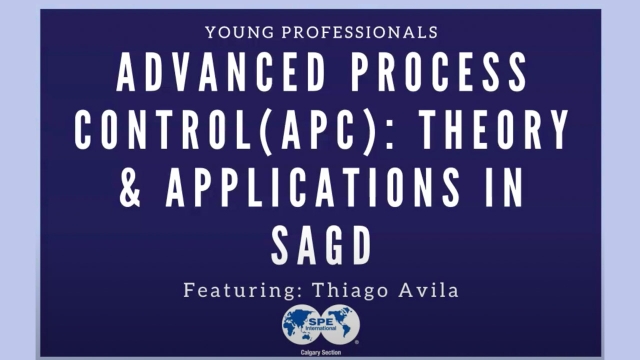
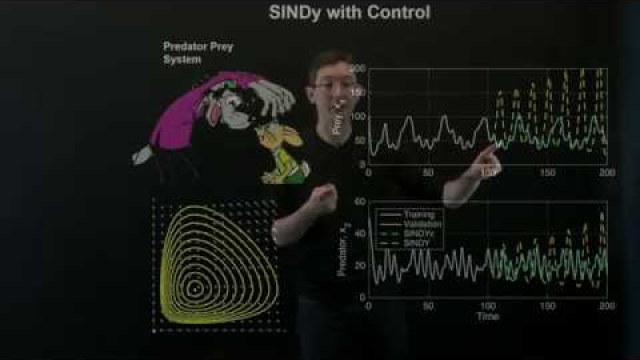
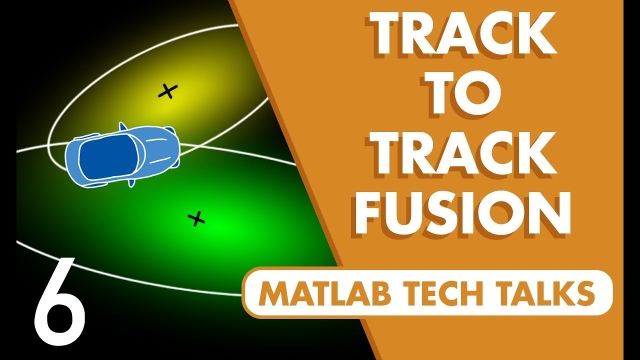
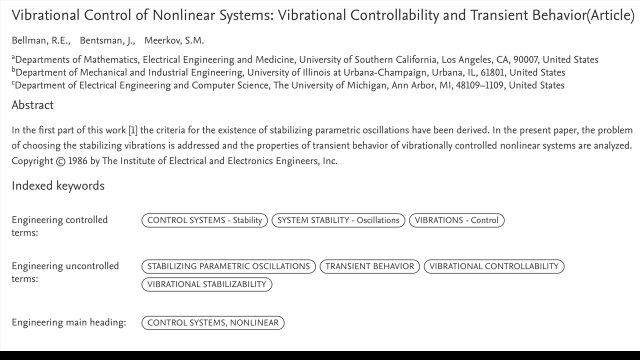
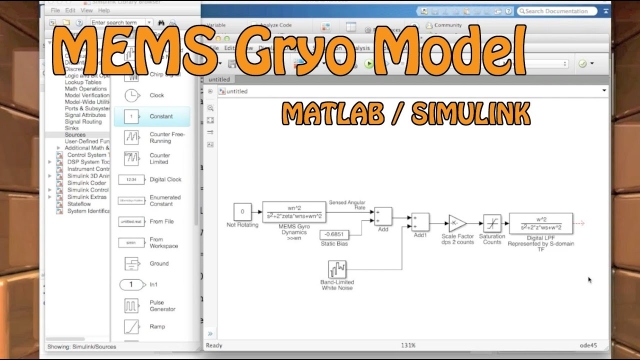
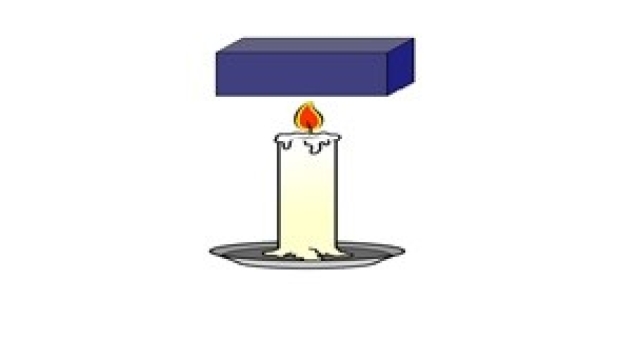
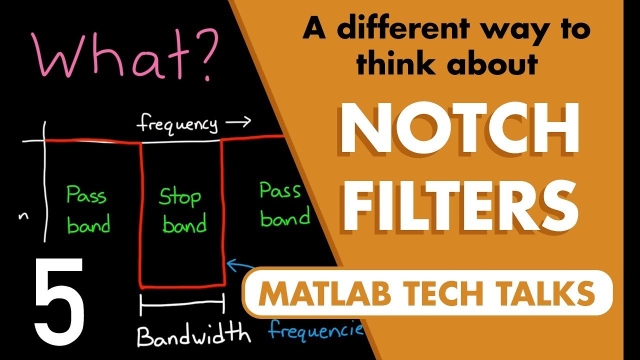
![The Kalman Filter [Control Bootcamp] The Kalman Filter [Control Bootcamp]](/sites/default/files/styles/search_resulkts/public/2020-12/maxresdefault_382.jpg?itok=BhYaUiZA)
